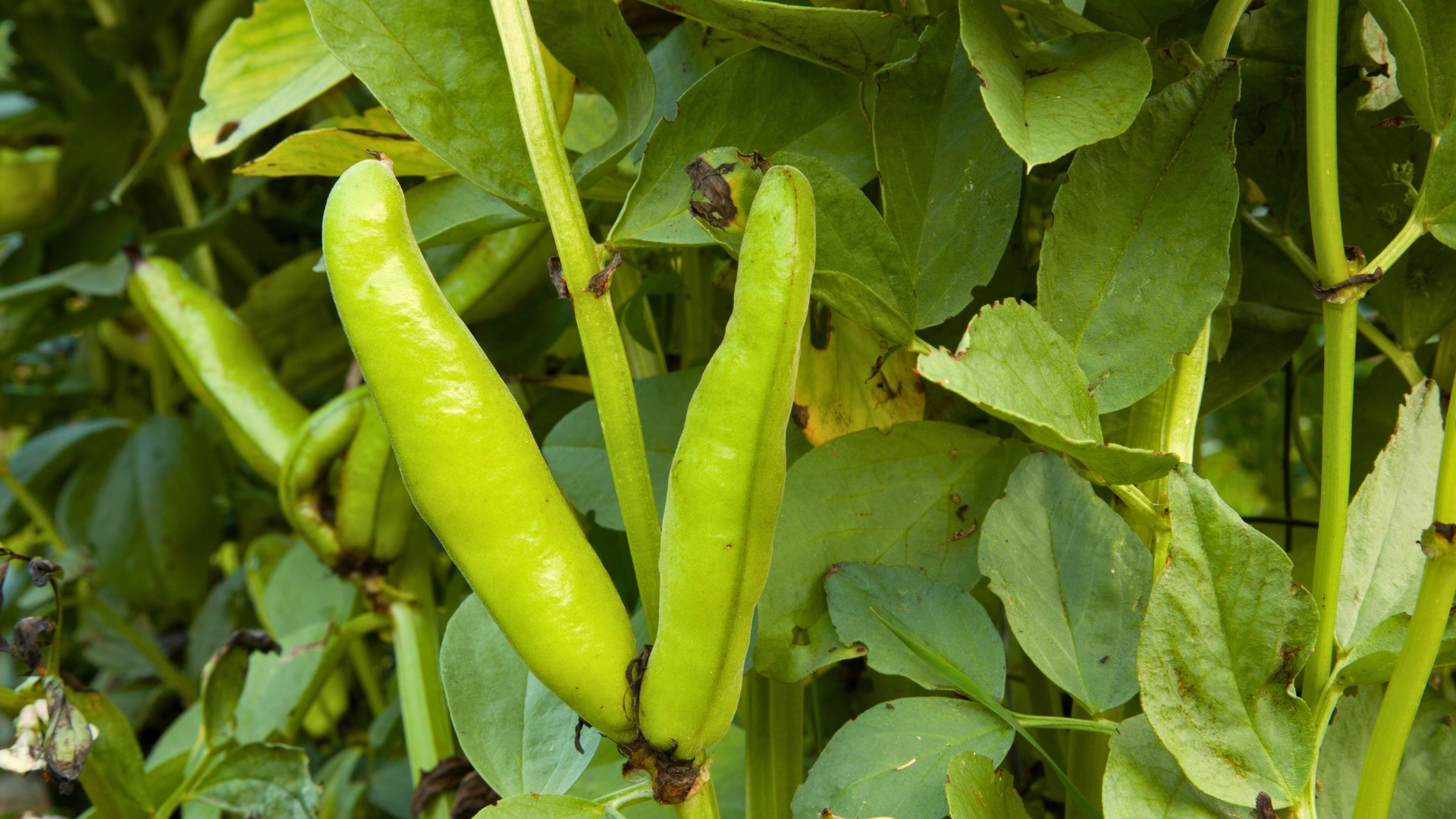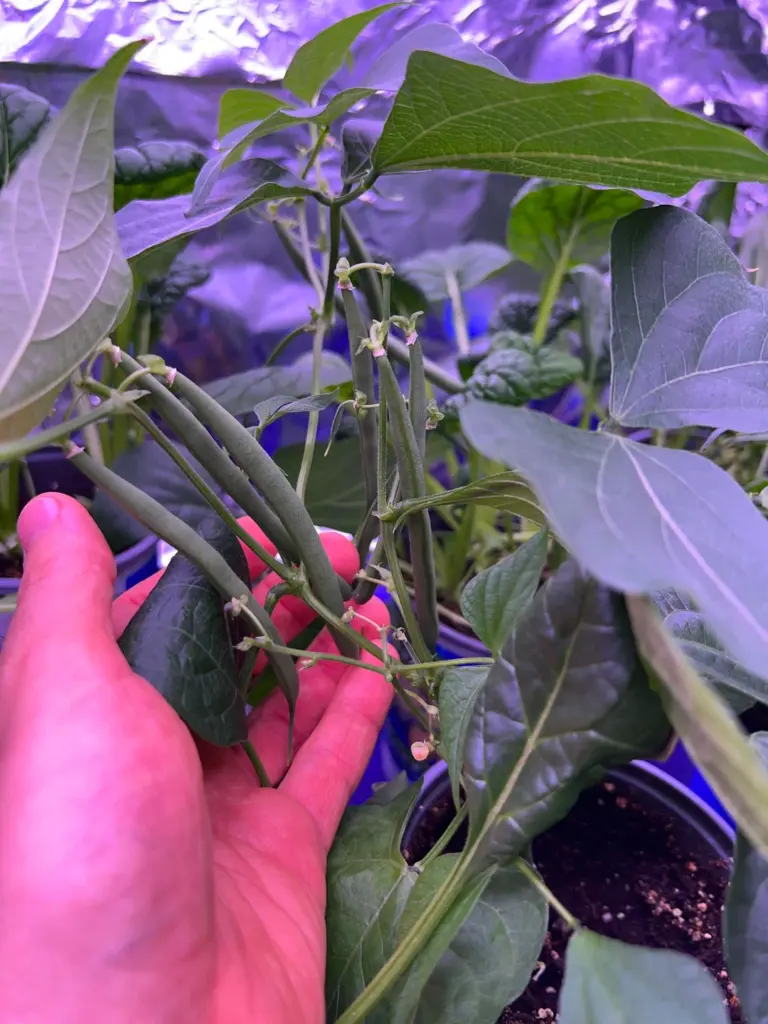11 Tips You Could Try For Growing Green Beans Indoors
Growing green beans indoors is a fun way to keep fresh veggies on hand all year. I’ve tried different methods and discovered a few tricks that really help them flourish inside.
Providing enough light, support for climbing varieties, and consistent watering makes a big difference. Watching seedlings turn into productive plants is incredibly satisfying.
With the right approach, your indoor garden can produce a steady supply of crisp, flavorful green beans.
1. Choose Bush Varieties
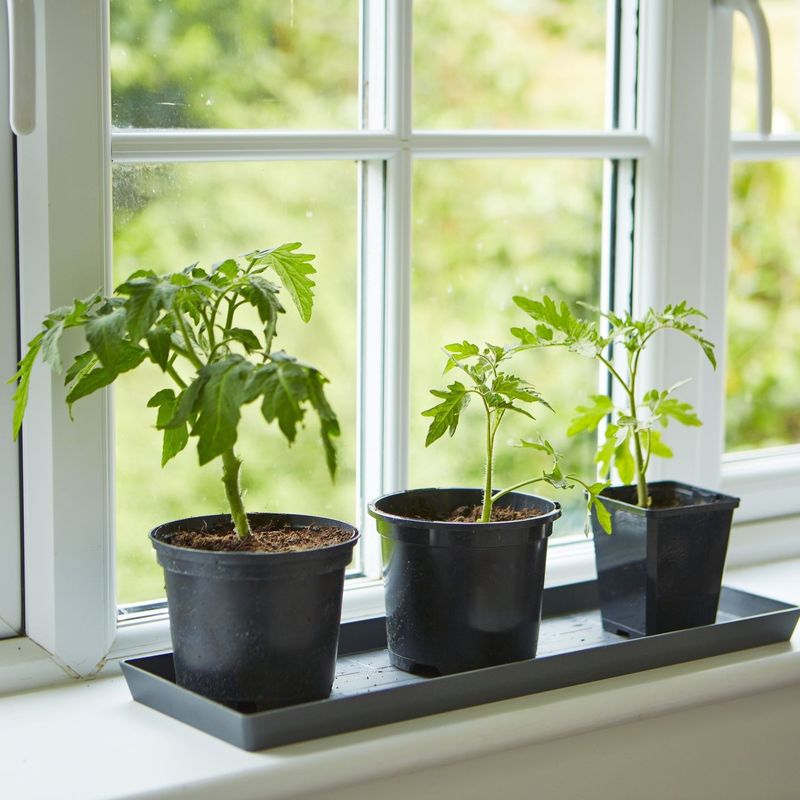
Bush beans are your indoor garden’s best friend. Unlike pole varieties that need tall supports, bush beans stay compact and manageable in containers. They typically grow just 1-2 feet tall, making them perfect for windowsills or tabletops.
Look for varieties like ‘Provider,’ ‘Blue Lake Bush,’ or ‘Contender’ which adapt well to container life. These varieties also mature quickly, often producing beans in just 50-60 days from planting.
2. Select The Right Container

Don’t skimp on pot size if you want healthy bean plants. Each plant needs a container at least 8 inches deep with good drainage holes. For multiple plants, choose wider containers where each plant has about 6 inches of space around it.
Plastic or ceramic pots work well, but fabric grow bags are excellent too. They prevent root circling and provide natural air pruning. Whatever you choose, make sure it can hold moisture without becoming waterlogged.
3. Use Quality Potting Mix
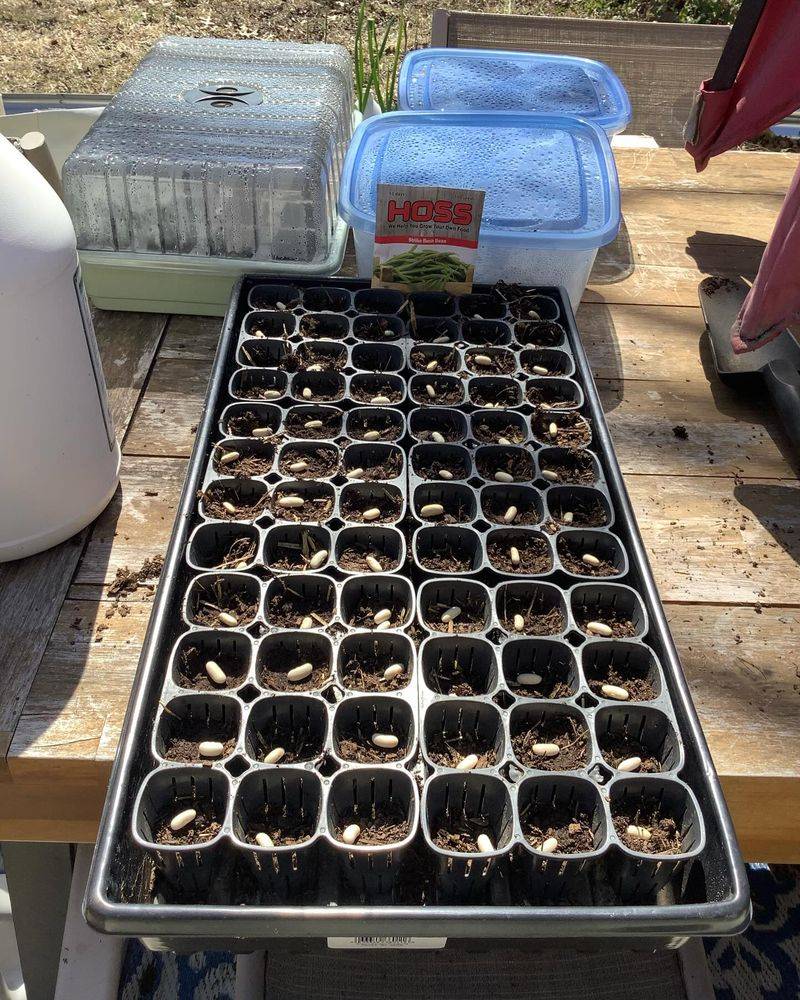
Regular garden soil is too heavy for container-grown beans. Instead, use a lightweight, nutrient-rich potting mix specifically formulated for containers. The ideal mix contains perlite or vermiculite for drainage and compost for nutrients.
Avoid mixes with synthetic fertilizers already mixed in. Green beans partner with beneficial bacteria to make their own nitrogen, and chemical fertilizers can interfere with this natural process. A good organic mix will give your beans everything they need to thrive indoors.
4. Provide Adequate Lighting
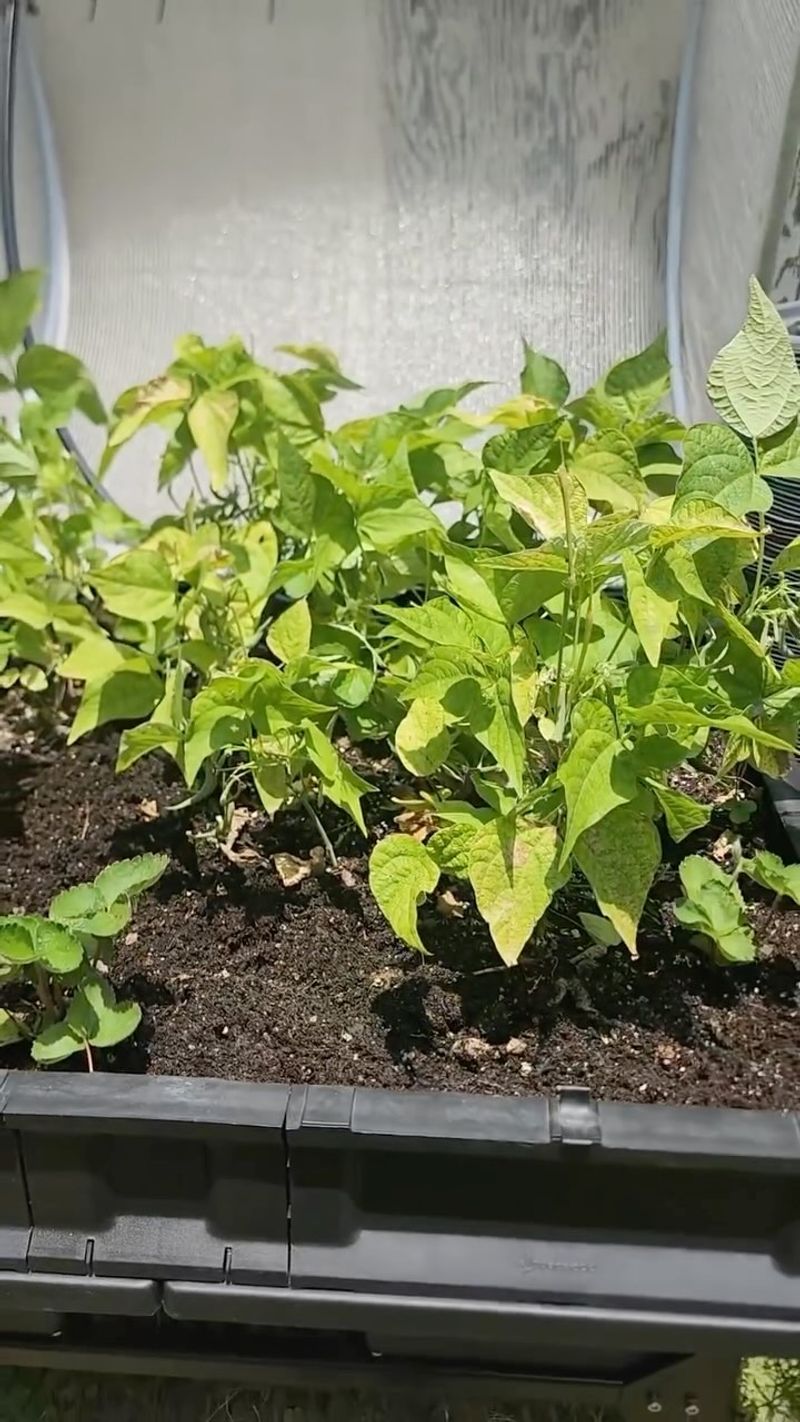
Green beans are sun-worshippers that need serious light to produce. Place them near your brightest south-facing window where they’ll receive at least 6-8 hours of direct sunlight daily. Rotate the containers regularly to ensure even growth on all sides.
If natural light is limited, supplement with grow lights. LED grow lights work wonderfully and don’t generate excessive heat. Position them 6-12 inches above your plants and keep them on for 12-14 hours daily for the best results.
5. Master Watering Techniques
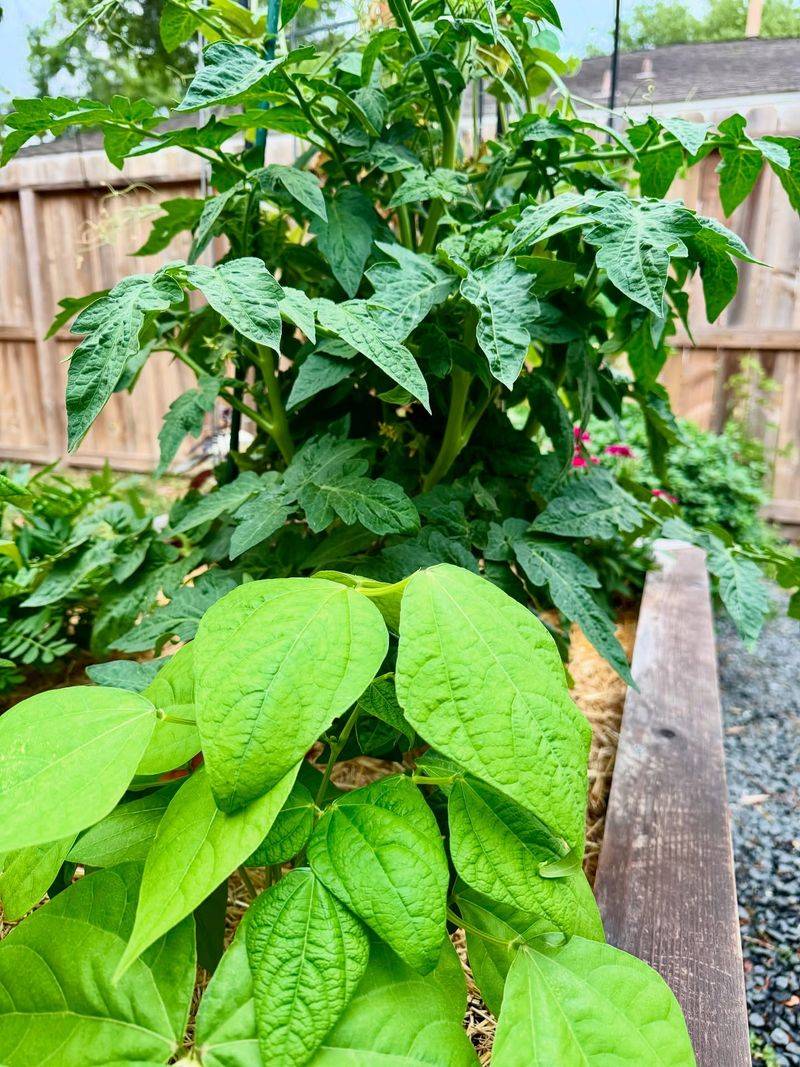
Consistent moisture keeps bean plants happy, but soggy conditions invite root rot. Water thoroughly until liquid runs from drainage holes, then wait until the top inch of soil feels dry before watering again. This usually means watering every 2-3 days, depending on your home’s humidity.
Morning watering is best to prevent overnight dampness. Use room temperature water directly at soil level to avoid wetting the foliage, which can promote fungal diseases. A small watering can with a narrow spout gives you the precision you need.
6. Maintain Proper Temperature

Green beans are warm-weather plants that sulk when chilly. Keep your indoor growing area between 65-85°F for optimal growth. Avoid placing containers near drafty windows or air conditioning vents where cold air could shock the plants.
Nighttime temperatures shouldn’t drop below 60°F. If your home gets cool at night, consider using a seedling heat mat under your containers or moving plants away from windows after dark. Consistent temperatures encourage steady growth and better harvests.
7. Boost Humidity Levels
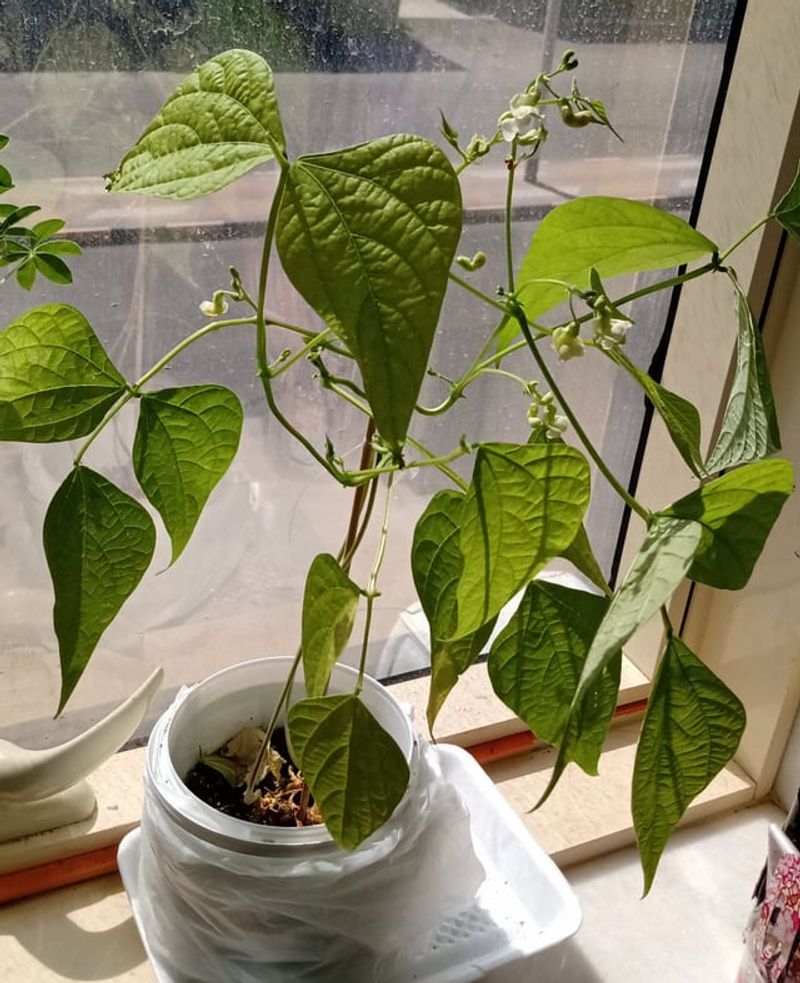
Indoor air, especially in winter, is often drier than beans prefer. Create a microclimate around your plants by grouping them together or placing containers on trays filled with pebbles and water. As the water evaporates, it increases humidity right where it’s needed.
Misting the air around plants (not the leaves directly) can also help. Another trick is placing a small humidifier nearby during particularly dry periods. Your beans will respond with lush growth when humidity stays between 40-60%.
8. Support Pollination Process
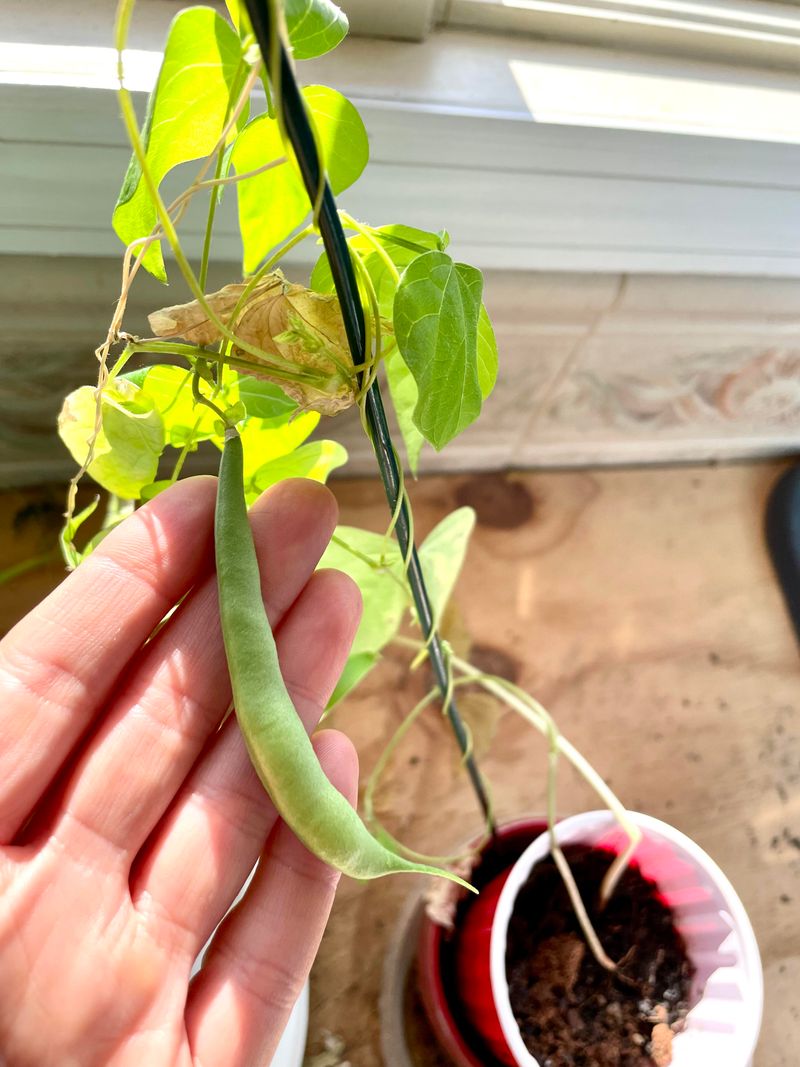
Without bees or wind indoors, you’ll need to play pollinator for your beans. When flowers appear, gently shake the plants daily during midday when pollen is most active. This simple action helps distribute pollen for successful fruit set.
Some gardeners use a small, clean paintbrush to transfer pollen between flowers. Fortunately, many modern bean varieties are self-pollinating, making your job easier. Just remember that without some form of pollination assistance, your beautiful flowers won’t develop into beans.
9. Prevent Common Pests
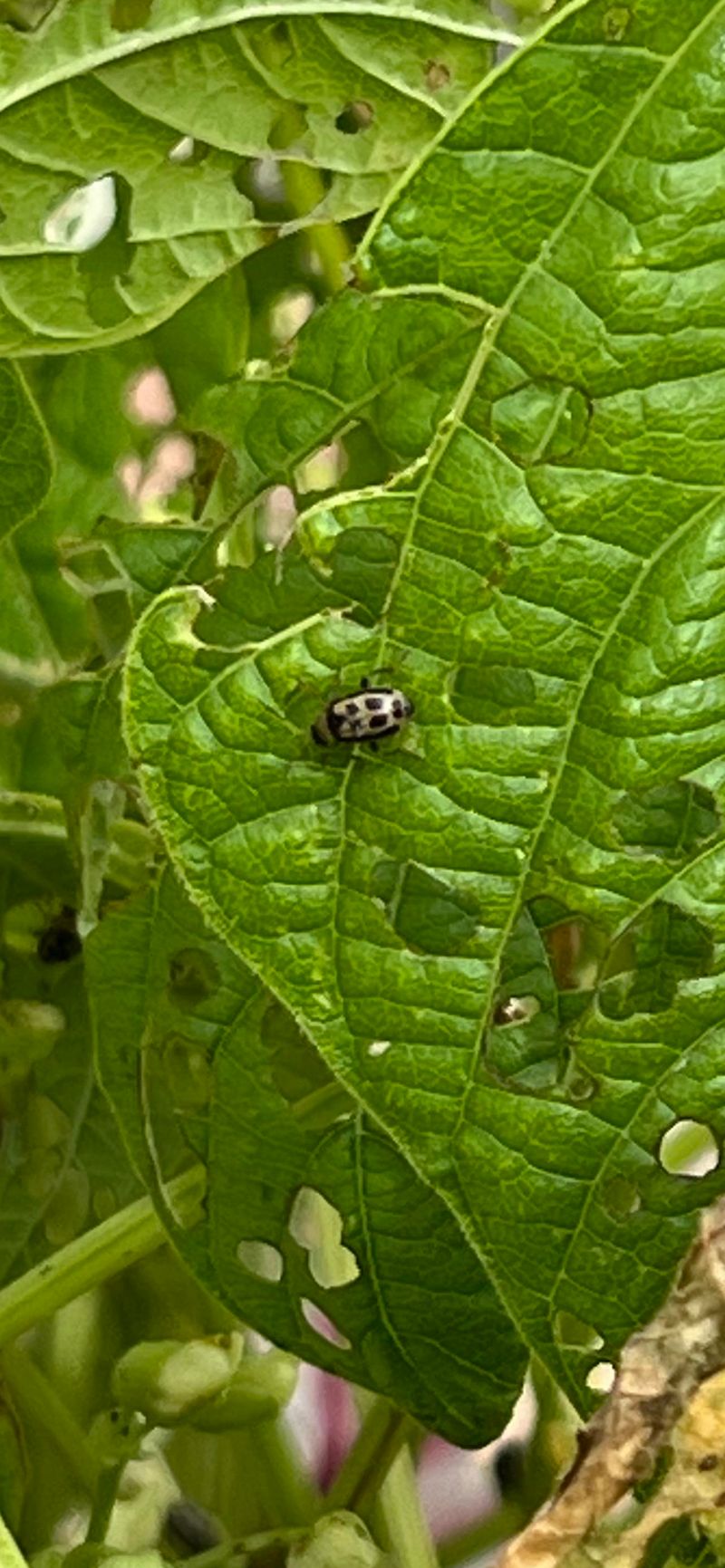
Even indoors, beans can attract unwanted visitors. Spider mites and aphids are the most common culprits, often appearing when conditions are too dry. Inspect the undersides of leaves weekly for tiny pests or webbing, catching problems early.
If you spot trouble, try a gentle spray of soapy water (1 tablespoon mild dish soap per gallon). For persistent issues, neem oil works wonders while staying organic. Maintaining good airflow between plants also discourages both pests and diseases.
10. Harvest Regularly
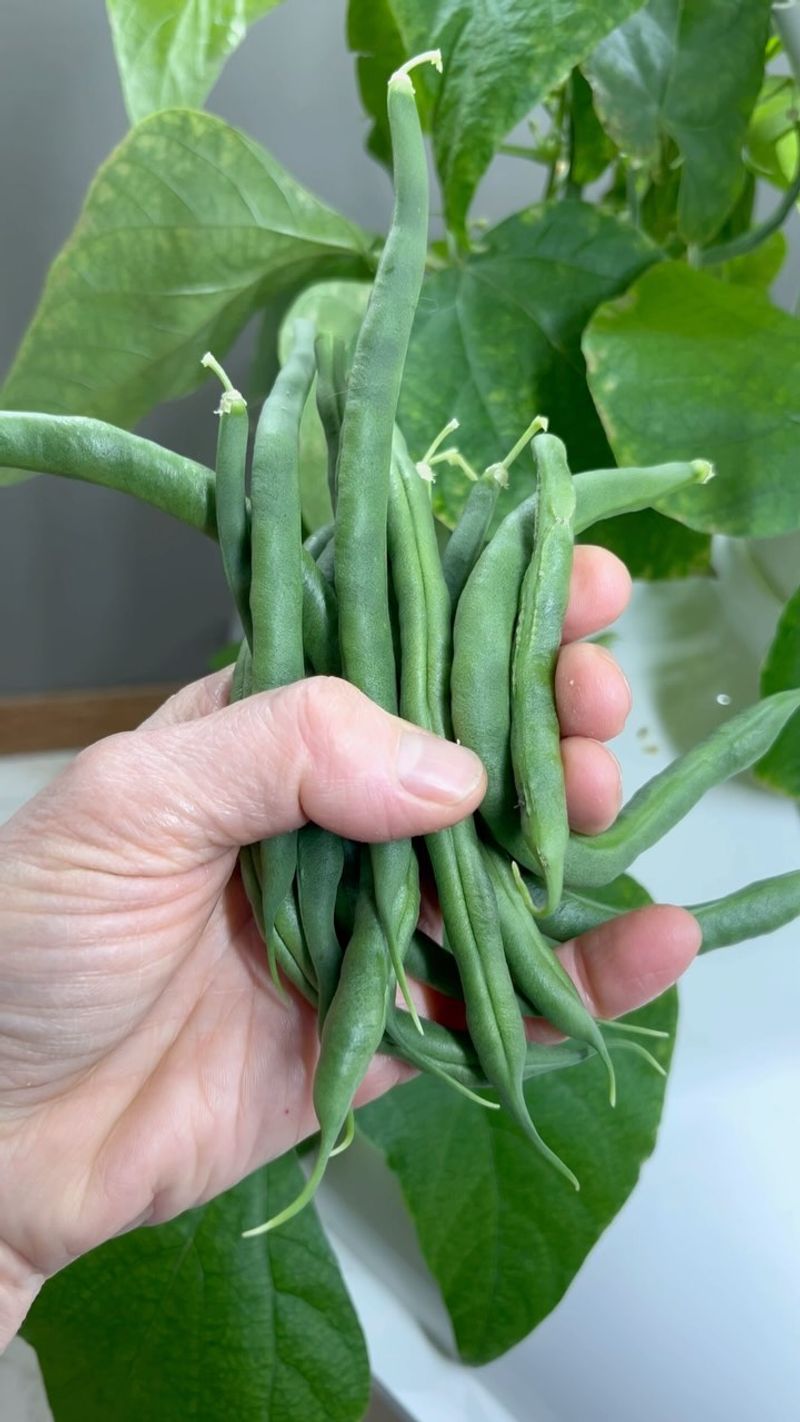
The secret to continuous bean production is frequent harvesting. Once beans begin to form, pick them every 2-3 days when they’re young and tender. Beans should be harvested when they’re about pencil-thickness but before seeds inside become lumpy.
Use two hands when harvesting—one to hold the plant stem and one to pick—to avoid damaging the plant. Regular harvesting signals the plant to produce more flowers and beans. With consistent care, indoor bean plants can continue producing for several weeks.
11. Rotate Crops Strategically
To keep your indoor green beans healthy over multiple seasons, consider rotating them with other container-friendly crops. After harvesting, avoid planting beans in the same soil immediately, as this can deplete nutrients and increase disease risk.
Switch to leafy greens or herbs for a season, then return beans to refreshed soil enriched with compost. This rotation helps maintain soil vitality, reduces the chance of pests, and ensures each new batch of beans gets the nutrients they need to thrive indoors.

